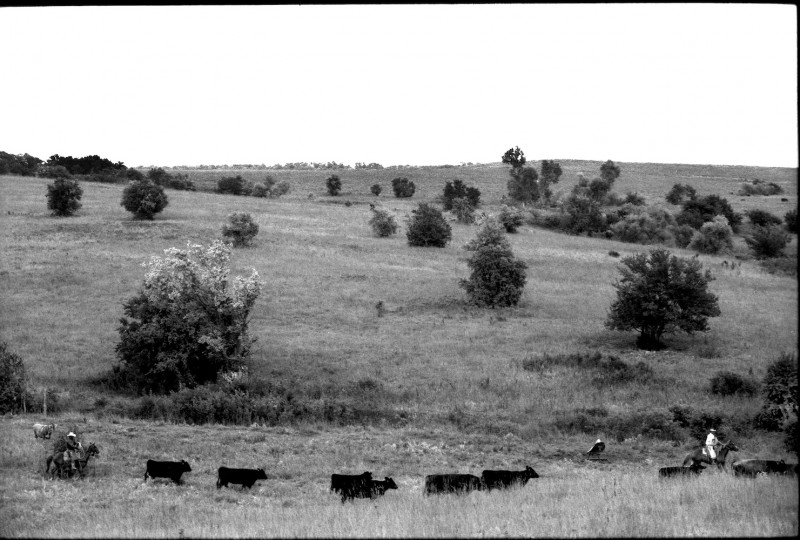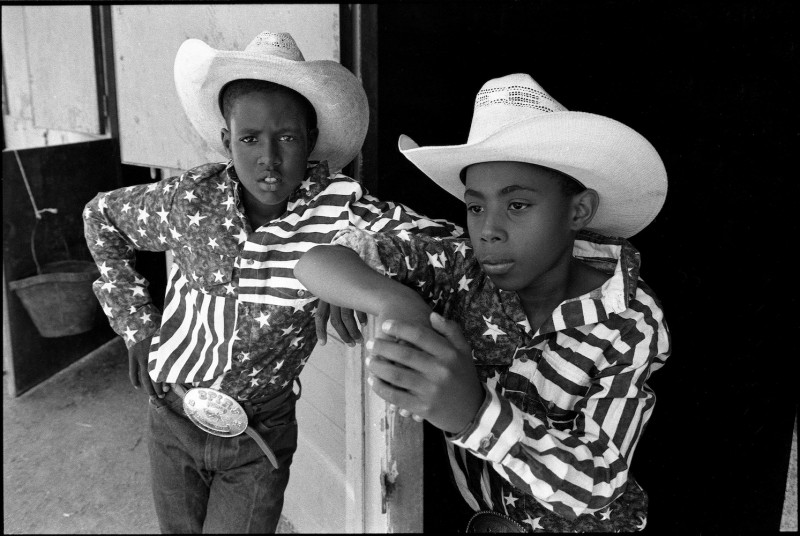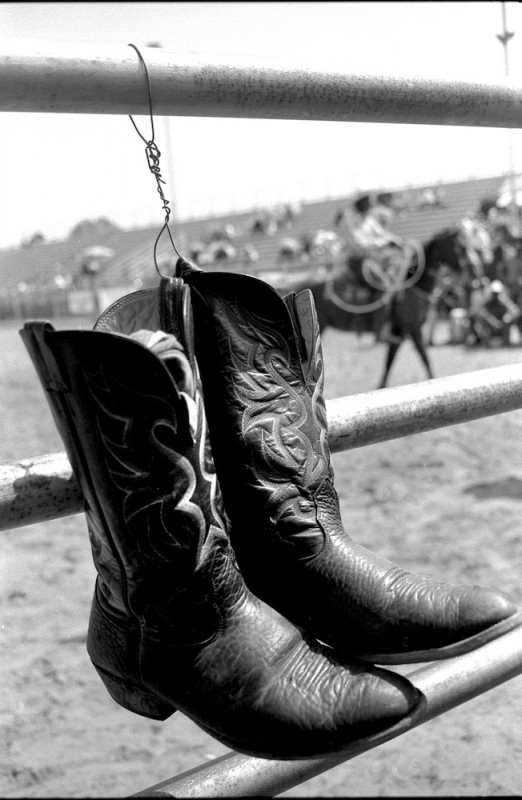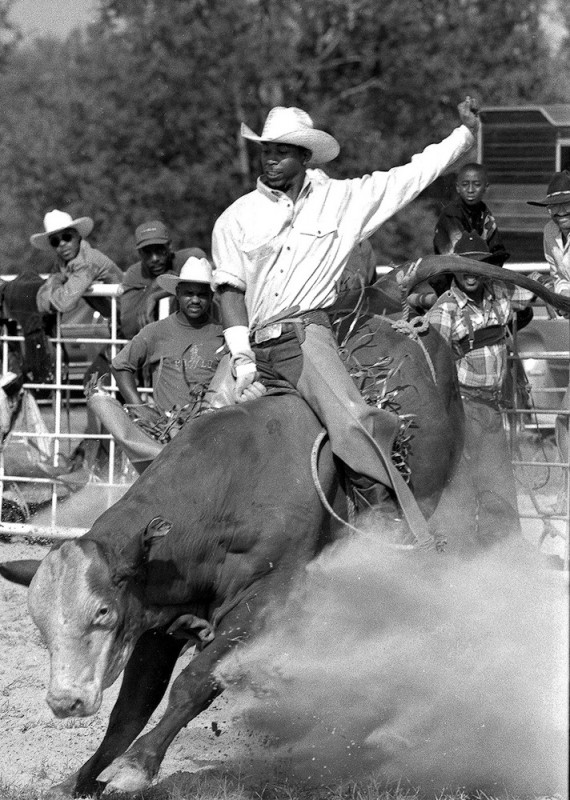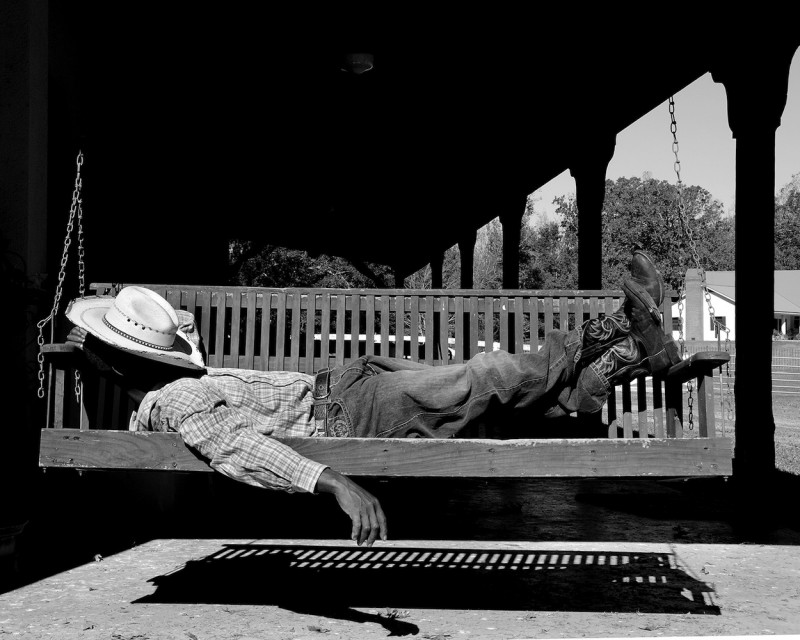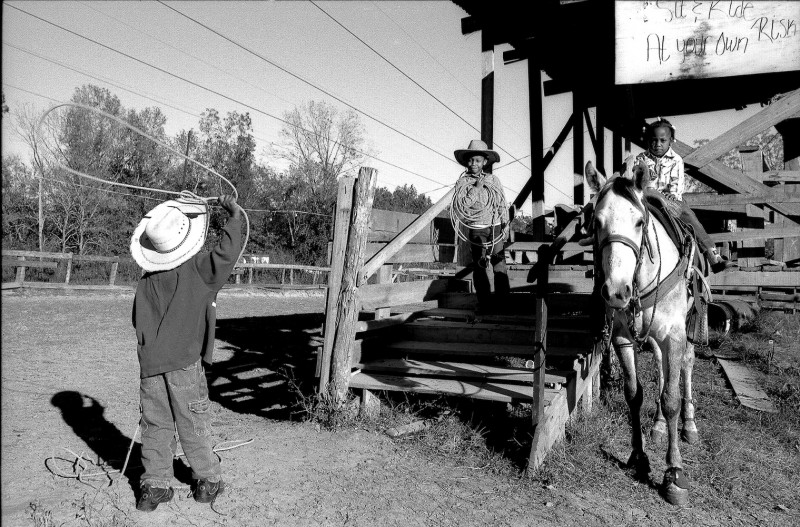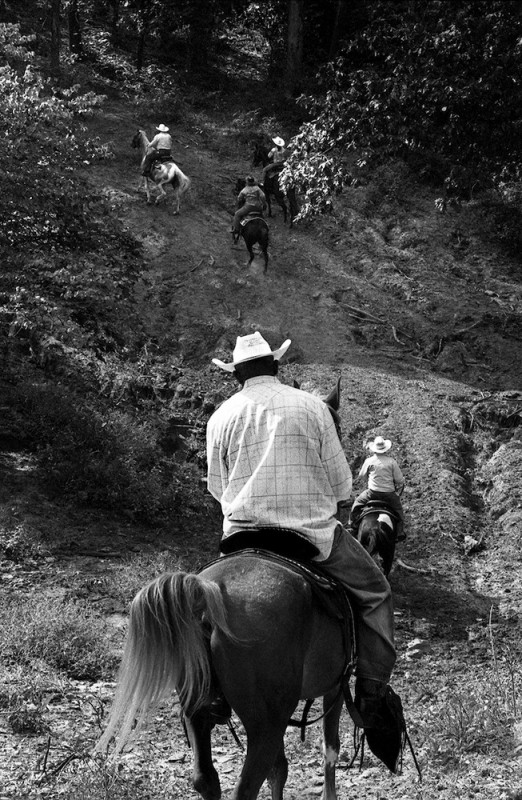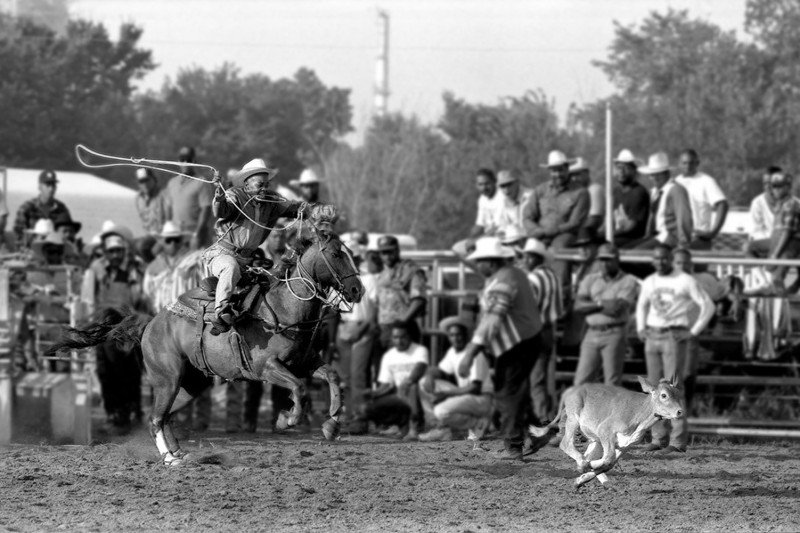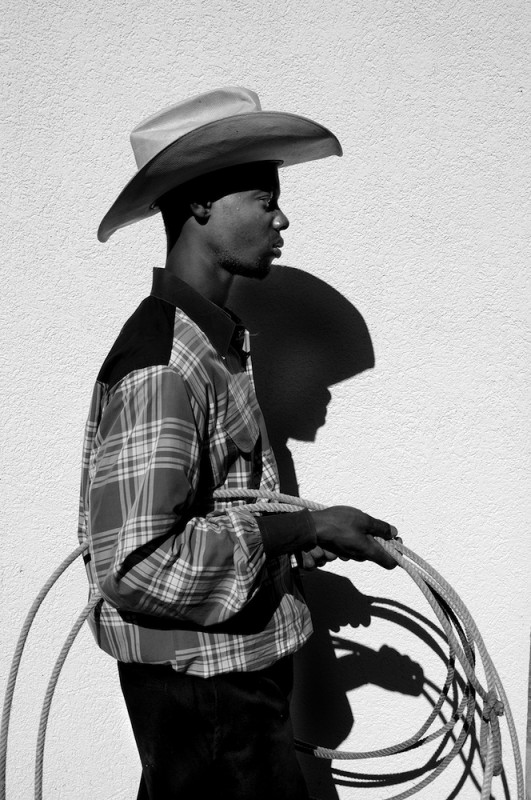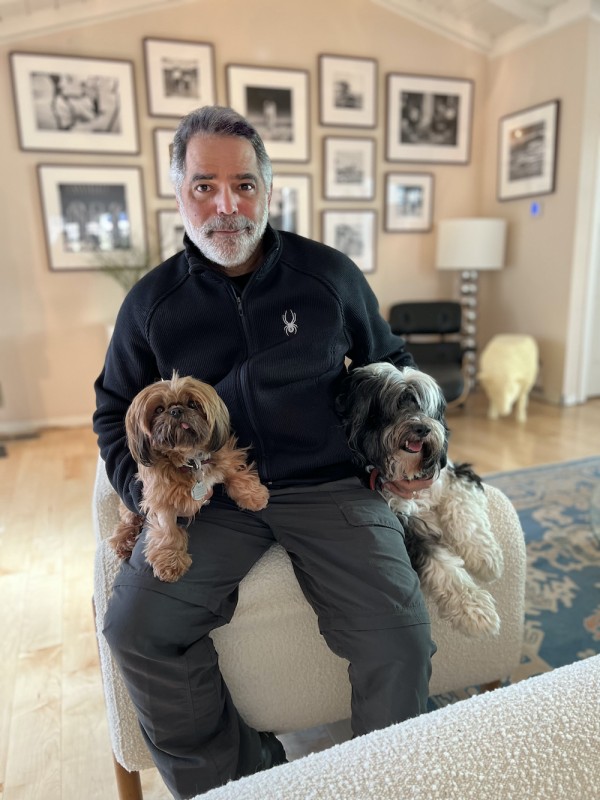Black Cowboys
Black Cowboys
Manuello Paganelli
November 24, 2022
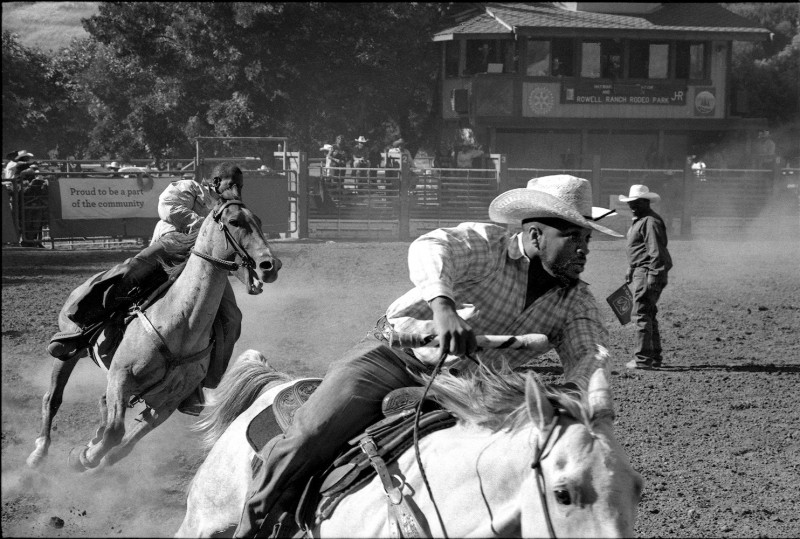
LFI: How did you come across African-American cowboys, and what fascinated you about them?
Manuello Paganelli: It all started in 1994 when I was flying out of Washington, DC, on a photo shoot for Forbes magazine. Seated next to me was a black gentleman dressed as a cowboy. It was the first time I had seen a black person dressed like that, and I was quite curious, so I started to converse with him. His name was Cleo Hearns. He was an African-American from Texas, and a rodeo rider, who educated me about African-American history and its significant contribution to the Wild West.
Is there a difference between the ‘white’ and the ‘black’ cowboy?
Today there is no difference; but that wasn’t the case during the frontier days, when many African-American cowboys were former slaves who found jobs on white ranches and worked with white cowboys. Rain or shine, they rode together and slept in the same perimeter, covering each other’s backs and protecting each other from stampedes and cattle rustlers. Out in the range, black riders experienced a special kinship with the other cowboys, but back at the ranch that equality would disappear and they would be treated poorly. African-American cowboys were discriminated against wherever they rode, and were not allowed into the same bars or to eat at the same places as the whites.
What is important to you in taking these pictures? What do you want to convey?
From the very first day I started working on this project, I wanted to present an accurate and respectful, visual and historical narrative of the life and struggles of the working African-American cowboys and cowgirls. Most people I talk with today are unaware of the long history of black people in the American frontier, and have a hard time imagining anyone but John Wayne or Clint Eastwood riding into a Western town with blazing guns, saving people, and galloping off into the sunset. African-American cowboys were part of the West since the late 1800s. My goal is to forever preserve the dusty footprints stamped down by those proud, black trail riders, who contributed to the colourful tapestry and history that has made the USA a unique and glorious country.
You prefer black and white to colour – why?
At the start of my photography career in 1981, I was mentored by Ansel Adams until the day he passed away in 1984. Through him, I understood how meaningful it was to work with black and white instead of colour. Using that medium, the viewer is disconnected from any distractions; the eyes go straight to what matters the most, grabbing the attention as if it were a magnet. Every miniscule detail across the image makes the sum of its parts. With a black and white image we are left hungry and want to see more.
Manuello Paganelli+-
...grew up in exotic places such as the Dominican Republic (where he was born), Italy and Puerto Rico. Shortly after purchasing a camera for the very first time, his life changed totally when he read a magazine article about Ansel Adams. He was so astonished by Ansel’s life and art that he decided to call him – and that is how his friendship and mentoring with Adams began. His first photo break came soon after when he landed a job at the Chattanooga Times. A couple of years later he went freelance, working for national and foreign magazines. He works mainly with black and white film, and his fine-art pieces can be found at the Weston Gallery in Carmel-by-the-Sea, California, the Obscura Gallery in Santa Fe, New Mexico, and the Kulterra Gallery in Bucharest, Romania. More

